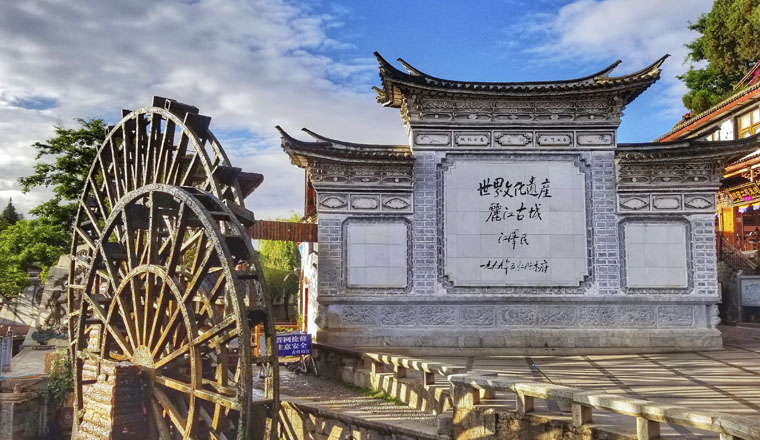Lijiang Old Town

Overview:
Yunnan Lijiang Old City is famous for its incredible intact ancient architecture groups preservation in China that has not changed for centuries. All the buildings and the newer ones were set up with the same materials and construction methods that have been used for centuries, allowing them to blend into the city.
The Lijiang Old City is located in China’s Yunnan Province. The city is famous for its incredible state of preservation and is one of the very few ancient cities in China that has not changed for centuries. There are virtually no modern buildings and the newer ones were constructed using the same materials and construction methods that have been used for centuries, allowing them to blend into the city. The city is populated by the Naxi Dongba Ethnic Minority group and the entire city displays their unique culture and architecture, making it a unique site.
The old city occupies an area of almost 4 square kilometers and has a history of over 800 years. It was a major stop on the Ancient Tea Horse Trail. The old city has an ingenious and orderly system of canals which line most of the streets, adding to the charm of the city. It is located on a plateau which is bordered by the Lion Mountain in the west, the Elephant and Golden Row Mountains in the north.
The Lijiang Old City is unique in China in that it has no city wall. There is an interesting story which explains why. The city was run by the Mu family for over 500 years. If a square frame is drawn around the Chinese character for "Mu", it becomes the Chinese character "Kun", which means "siege". It would mean that the Mu family would be trapped, so the city never had a city wall.
The architecture of the town is unique to the Naxi People. The houses are built close to each other and lined by small streets and lanes. The houses are built of wood and tile around a courtyard. The buildings are covered with carvings of people, plants, and animals. The courtyard of each home is generally made into a garden and each room opens onto it, making each home very comfortable.
The lanes and street of the city are meandering and lined with canals. The water is accessible to every home in the city and is used for cooking and cleaning. The source of the canals is the Black Dragon Pool. The city has over 300 ancient bridges, with each one being its own unique work of art. In the center of the city is the city square. The four main streets of the city radiate from the square in the four cardinal directions. From these four main streets, countless lanes and small streets spread out. The lanes and streets are paved with local bluestone. There is a sluice gate in the center of the city which can be opened late at night and it will cause water to flush all the streets in the down with water, cleaning them.
Lijiang was listed as the world cultural heritage site by the UNESCO for its unique things such as ancient architecture, old business sites, ethnic folk customs, and the mystic Dongba Culture.
Architecture
Lijiang has preserved many ancient buildings whose construction began over 800 years ago. Most of the dwellings are structures made of brick and wood with carved doors and painted windows. The town has a very unique layout. At the heart of the town lies Sifang Street (Sifang Jie), with the entire city spreading out in all directions from that point the street is lined with small shops and residences. From this street all other streets spiral outwards, and five major ones connect all the road and lanes in the town.
The town is also crisscrossed by narrow canals and rivers. Architectural styles are borrowed from the Han, Tibetan, and Bai people. The streets and houses have been built in such a way as to follow the lay of the land and flow of the rivers. Transportation is facilitated by more than 350 tiny stone bridges - such a large number as to warrant the name City of Bridges. Many of the bridges were built during the Ming and Qing dynasties. Lijiang Ancient Town, Yunnan ToursThe folk houses of Lijiang Old Town display a combination of architectural styles resulting in two unique structural styles known as one courtyard with five skylights and three rooms with one screen wall. The latter of these styles is more commonly used in Lijiang. The main room of the house, flanked by the left and right wing-rooms, combines to form a three-sided courtyard with a screen wall positioned opposite the principal room. The main room often faces south and is slightly higher than the others, as it is reserved for senior members of the family. The east and west wing-rooms are for junior members, each room contains three partitions and two stories. Apart from the houses in the downtown, there are two famous complexes of the ancient folk houses: one is the Baisha Folk House Complex which is only 8 km from the downtown; the other is the Sushuihe Fold House Complex which is only 8 km from the downtown. These houses have strongly vernacular characteristics their architectural styles are very different from those of the other Chinese areas.
|

